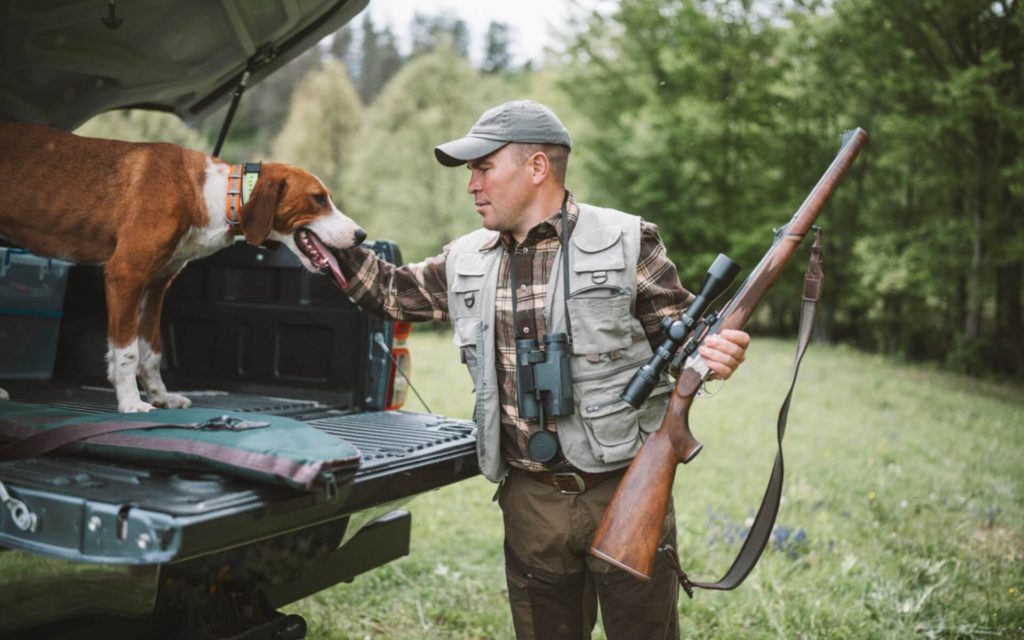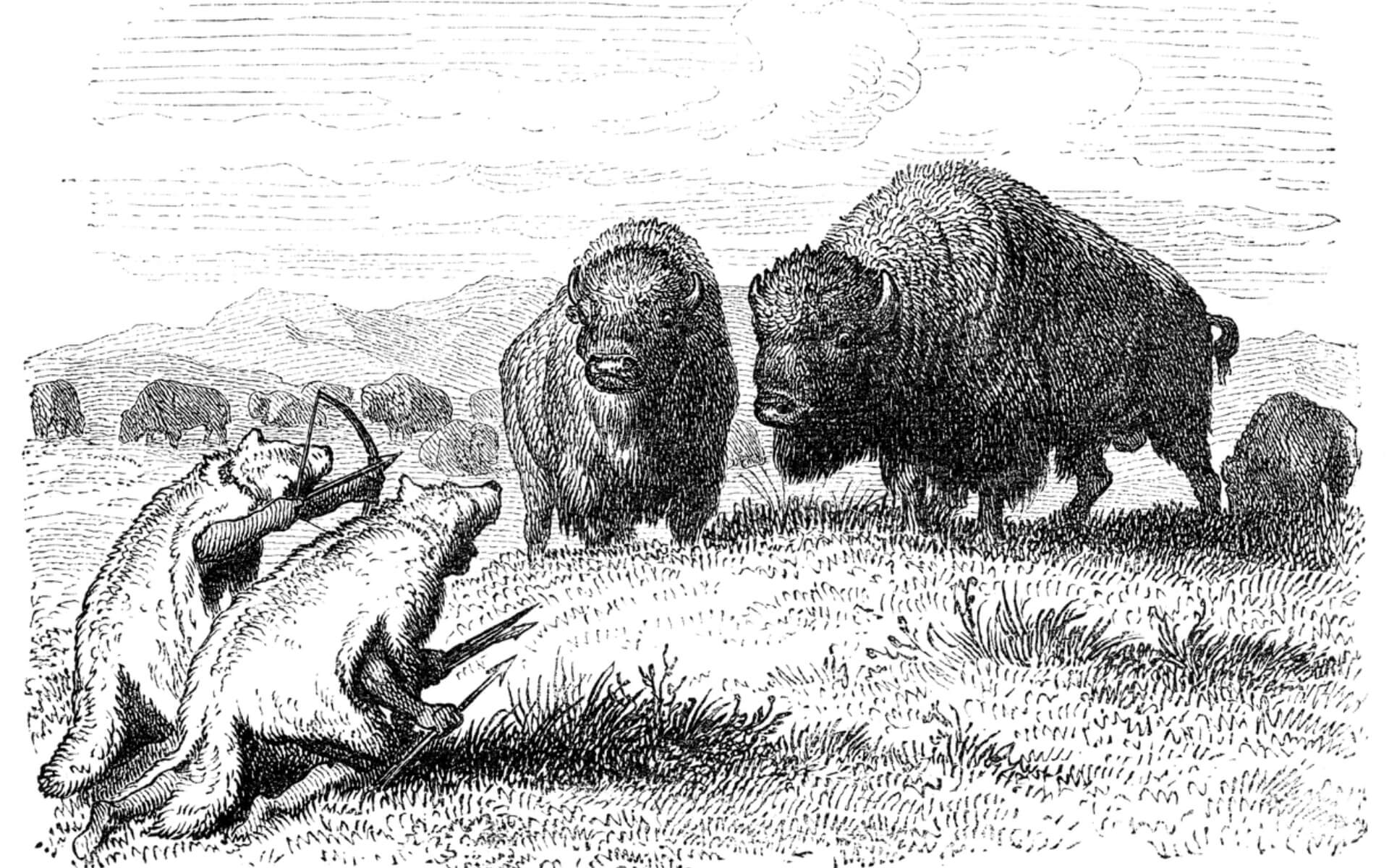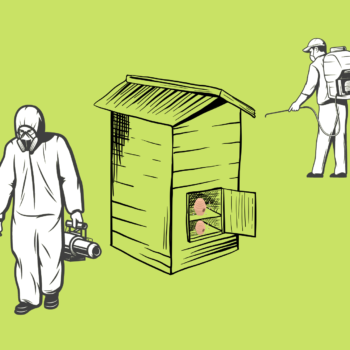|
|
Indigenous hunting and hunting on other lands are crucial ways that humans can preserve biodiversity.
Busy? Try the speed read.
- Forests are vulnerable because of deforestation and climate change.
- One way to help forests is by hunting sustainably, as Indigenous hunters do.
- Indigenous hunters see animals and humans as crucial to nature.
- Others should take notes from Indigenous cultures and practice preservation instead of poaching.
- Hunting controls animal populations and keeps ecosystems balanced.
- Those interested in sustainability could start hunting for their food after researching the hunting laws in their area.
Dig deeper → 3 min
Hunting is an activity many people do for sport these days. Hunters seek out 10-point bucks and other animals in forests across the United States. But hunting hasn’t always been for fun and games. Humans need to maintain ecosystems worldwide.
Hunting animals to help the planet may seem antithetical to the cause, but how can it help the environment? How can Indigenous hunting help forest sustainability?
Why Are Forests Vulnerable?
Forests are places where hundreds upon thousands of species of animals and plants live. These woods provide irreplaceable services for humans, animals, and plant life. However, in recent years, they’ve become much more vulnerable. Two of the biggest culprits for forest vulnerability are deforestation and climate change.
Deforestation has wrecked many forested lands worldwide. Corporate greed devastates ecosystems by taking down up to 15 billion trees annually. Organizations clear these lands and don’t replant trees, causing instability for insects, jaguars, and many other animals who need these trees to survive.
The rise in deforestation over the last few decades has led to climate change. Trees store massive amounts of carbon, so cutting them down releases carbon dioxide (CO2) into the air. Deforestation leads to global warming, which has caused devastating effects. Storms are more frequent and volatile. So, what can people do to help forests?
How Can Indigenous Hunting Help the Cause?
One way people can help the sustainability of forests is by practicing Indigenous hunting. So, what is this type of hunting? It involves how Indigenous people hunt, which they’ve done for many centuries now.
In Australia, for example, Indigenous people hunt crocodiles, emus, opossums, and other animals because they use hunting as a food source. It’s not just a pastime – Indigenous people tend to see animals as a part of their culture and more than a trophy on the wall.
Over one million animal and plant species on Earth face threats of extinction because of habitat loss, biodiversity loss, and other factors. Primates are especially in trouble, with 68% of their species at risk for extinction because humans want to destroy their habitats for their natural resources and agricultural production.
But, on Indigenous peoples’ lands, the primate population increases and they’re less likely to be on the threatened lists. Indigenous hunting allows people to preserve ecosystems and contribute positively to the planet before it’s too late.
How Popular Is Hunting?

Indigenous people seem to take excellent care of animals on their land, leading conservationists to wonder what they can do on other lands. Hunting is integral to conservation, but numbers have dwindled in the last 40 years. In 1982, about 17 million hunters nationwide bought over 28 million hunting licenses. Now, that number is down to about 11.5 million hunters.
Having fewer hunters presents a problem for ecosystems and government agencies regulating hunting and wildlife. But, there is some reprieve on the horizon for conservationists. The pandemic has caused a surge in hunting because people wanted to get outdoors during isolation. More hunters can present an opportunity to control populations of animals in the forest better.
Indigenous hunting and hunting on other lands have become more widespread through relaxed laws on hunting and firearms. The AR-15 is a popular weapon for hunting because of its bullet diameter, which is practical for hunting small animals. Hunting with an AR-15 is legal in 38 states, with some states restricting hunting with this weapon.
Why Is Hunting Essential for the Environment?
Humans are supposed to be the protectors of the world through their advanced knowledge of biology, but they’ve caused more harm than good through practices like deforestation and overhunting. However, there are ways to make up for it. Sustainability at home can make small gains toward a better environment, and sustainability while hunting can make a significant difference.
Sustainable hunting may seem like a term that contradicts itself. However, there are lessons people can learn. Humans should take notes from those who practice Indigenous hunting and see the environment as something to take care of, not exploit for their advantage. Many conservationists in the United States and worldwide put a genuine effort into sustaining the environment through hunting.
Hunting is essential to the environment for many reasons. A primary one is controlling animal populations. Ecosystems are delicate, with the food chains dictating the order of things. If one species’ population grows too large, resources could become scarce, causing population decline and migration to other places where an animal could be an invasive species.
Removing invasive species is another advantage of hunting for the environment. Climate change and other factors can cause the migration of one species to another area, where they cause problems for the native animals.
One example is lionfish from the Pacific Ocean that found their way to the Atlantic Ocean. There, they have few predators, so their population has swelled. However, they wreak havoc on ocean life. Indigenous hunting – and hunting in general – are critical to the health of forests by controlling animal populations and keeping the food chain balanced.
How Can People Help?
Hunting has become more popular in the last couple of years because people want to get outdoors. It’s also more prominent because some people want to become more sustainable in their daily lives. Hunting for food can help reduce demand for meat from the store and lower carbon emissions from meat processing.
Those interested in hunting should research hunting laws in their state and find out how to get started. The AR-15 mentioned above could work, or prospective hunters could use a bow for a more stealthy approach. Indigenous hunting and hunting on other lands is a requirement for humans if they want to help the environment’s health.













No Comments